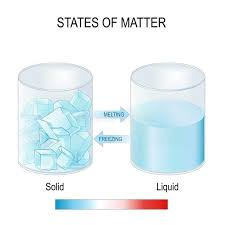
Much like other thermal spraying processes, plasma spraying is used to apply a coating to a surface. This is usually for protective purposes, such as a layer of zinc applied over a steel substrate to prevent corrosion and rusting. Plasma spraying is one of these processes, so let’s look at it in more detail.
What is plasma?
Solid, liquid, and gas are the three states of matter drilled into us at school, but there is a commonly omitted fourth form: plasma. With solids, atoms are locked in place, unable to move. As we heat a solid, the atoms begin to move faster and faster, causing the structure of the solid to break down into a liquid.
If we raise the temperature even more, we get a gas, as the atoms are moving too fast to maintain their bonds. With even more heat, atoms begin to lose their electrons, creating an even hotter, more unstable form of matter. This is plasma, or ionised gas.
How is plasma used for coating?
By using extreme temperatures generated by an electric arc discharge – read more about this here: – and a working gas such as hydrogen or argon, a plasma jet is generated. Through this jet stream, a powdered version of the desired coating material can be inserted.
This forms molten droplets that splatter across the substrate’s surface before rapidly solidifying. Plasma spraying allows for precision coating, with the extremely fine powder being easy to control and manipulate by adjusting factors such as the spraying distance, deposition rate, and travel speed.
The heat of plasma spraying allows for a diverse array of materials to be used, ranging from metals and ceramics to polymers and composites. This makes the process extremely versatile, allowing for insulation through polymers or high-temperature resistance with ceramics.
Plasma coating services are provided by surface treatment specialists such as https://www.poeton.co.uk/standard-treatments/plasma-coatings/.
Metals present a whole other can of worms in terms of their protective qualities, with corrosion resistance, added support, or simply aesthetic properties being available. With uses in the automative, aerospace, and medical industries, plasma coating’s flexibility is a huge benefit.

